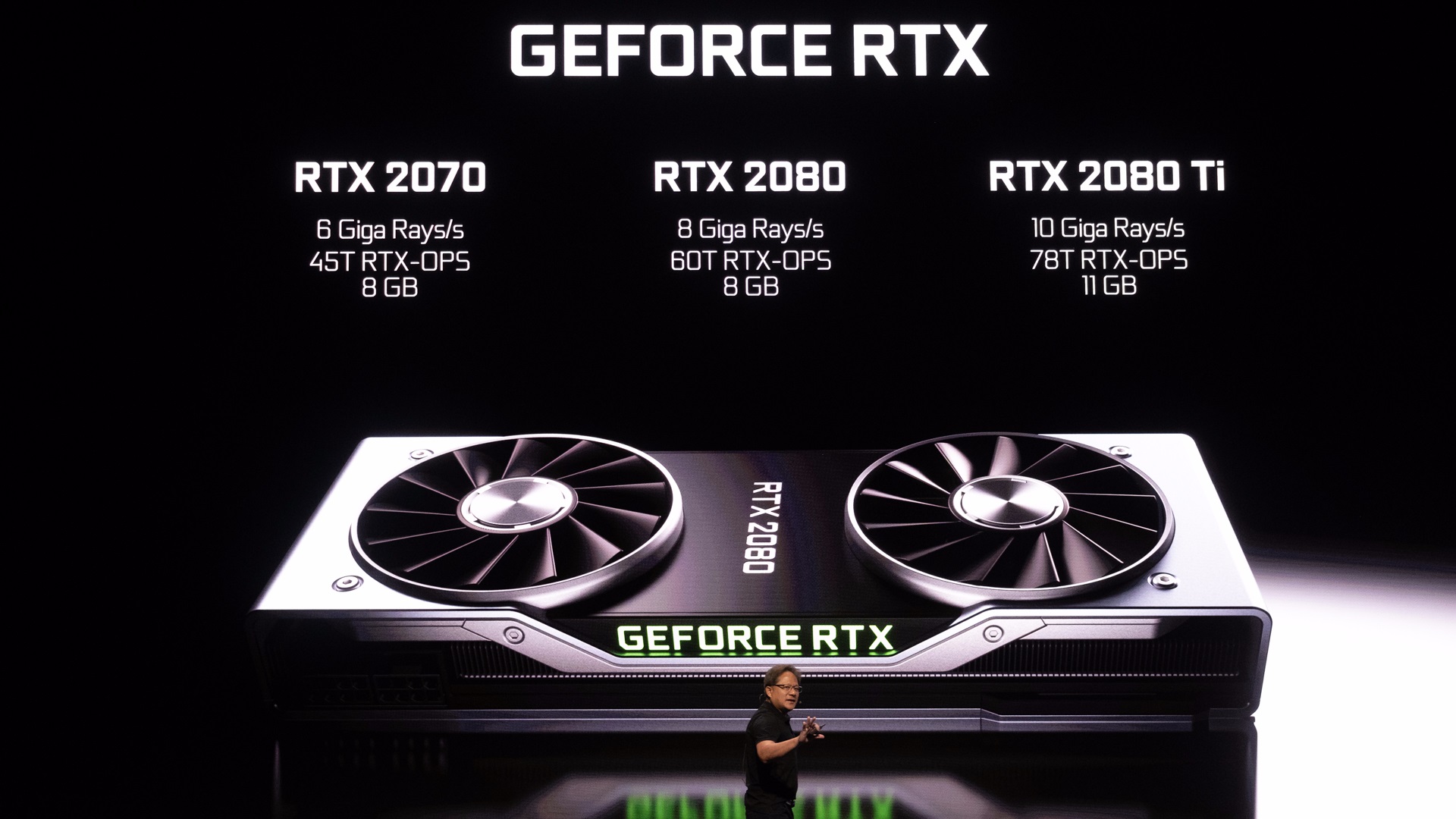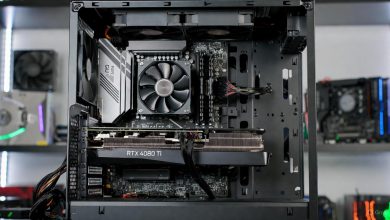This piece draws on my deep knowledge of tech hardware trends, backed by verified sources, to deliver value-packed, user-focused content. Whether you’re a gamer researching upgrades, a PC builder hunting for historical context, or a tech enthusiast curious about NVIDIA’s evolution, this guide covers everything from the RTX 20 series release date to its lasting impact. Updated for 2025, we’ll explore why this series still matters in an era dominated by RTX 40 and 50 series cards.
In 2018, NVIDIA revolutionized gaming with the GeForce RTX 20 series, introducing real-time ray tracing and AI-enhanced graphics for the first time in consumer GPUs. If you’re searching for “RTX 20 series release date” or “when did the 20 series come out,” you’ve come to the right place. like “GeForce 20 series,” “first RTX card,” and “NVIDIA 20 series release date” to help you find exactly what you need.
What Is the NVIDIA RTX 20 Series? A Quick Overview
The NVIDIA GeForce RTX 20 series, also known as the Turing architecture lineup, marked a pivotal shift in graphics technology. Launched as the successor to the GTX 10 series, it was the first to feature dedicated RT (ray tracing) cores and Tensor cores for AI tasks like DLSS (Deep Learning Super Sampling). This series included models from entry-level to high-end, powering everything from 1080p gaming to early 4K experiences.
Why revisit this in 2025? With the RTX 50 series on the horizon, understanding the RTX 20 series release date and its innovations helps contextualize NVIDIA’s progress. For instance, ray tracing—once a luxury—is now standard, thanks to this groundbreaking debut. The series not only boosted performance by up to 6x in ray-traced scenarios compared to predecessors but also set the stage for modern features like NVIDIA Reflex and Broadcast.

GeForce RTX 2080 launch live blog: Nvidia’s Gamescom press …
The Announcement: When NVIDIA Unveiled the First RTX GPUs
The journey began at Gamescom 2018 in Cologne, Germany, on August 20, 2018. NVIDIA CEO Jensen Huang took the stage to announce the GeForce RTX 20 series, emphasizing its “RTX” branding for ray tracing. This event was a game-changer, shifting from traditional rasterization to hybrid rendering that simulated real-world lighting, shadows, and reflections in real time.
The reveal focused on three flagship models: the RTX 2070, RTX 2080, and RTX 2080 Ti. Huang demoed games like Shadow of the Tomb Raider and Battlefield V to showcase the tech, promising up to 10 GigaRays per second on the top-end card. This wasn’t just hype—the announcement signaled NVIDIA’s pivot toward AI-accelerated graphics, a trend that persists today.
For those querying “first RTX card,” the RTX 2080 Ti was positioned as the pioneer, though the series as a whole introduced RTX branding. Pre-orders opened immediately after the event, with Founders Edition cards featuring overclocked designs and premium cooling.
GeForce 20 Series Launch Timeline: Model-by-Model Breakdown
One of the most searched aspects is the “RTX 20 series release date.” The series rolled out in phases, starting with high-end models and expanding to mid-range options. Initial launches faced minor delays due to production, but NVIDIA delivered on promises.
Here’s a detailed timeline table for clarity, compiled from official NVIDIA records and historical reports. Note: Prices are MSRP at launch; street prices varied.
| Model | Release Date | Performance Tier | Key Features | Launch Price (USD) |
|---|---|---|---|---|
| RTX 2080 Ti | September 27, 2018 | Flagship | 11GB GDDR6, 4352 CUDA cores, Ray Tracing | $999 |
| RTX 2080 | September 20, 2018 | High-End | 8GB GDDR6, 2944 CUDA cores | $699 |
| RTX 2070 | October 17, 2018 | Upper Mid-Range | 8GB GDDR6, 2304 CUDA cores | $499 |
| RTX 2060 | January 15, 2019 | Mid-Range | 6GB GDDR6, 1920 CUDA cores | $349 |
| RTX 2080 Super | July 23, 2019 | High-End Refresh | Enhanced cores, faster memory | $699 |
| RTX 2070 Super | July 9, 2019 | Mid-Range Refresh | Improved performance over original | $499 |
| RTX 2060 Super | July 9, 2019 | Mid-Range Refresh | 8GB GDDR6 upgrade | $399 |
This timeline reflects the staggered rollout, allowing NVIDIA to build hype and address supply issues. The Super variants, announced in July 2019, were a mid-cycle refresh to counter AMD’s Navi GPUs, offering better value without new architecture.
If you’re wondering “when did the 20 series come out,” the core lineup hit shelves in late 2018, with full availability by early 2019. Delays for the RTX 2080 Ti pushed it from September 20 to 27, but it didn’t dampen enthusiasm.

NVIDIA’s performance uplift over the years (source …
Spotlight on the First RTX GPU: The RTX 2080 Ti Release and Innovations
For queries like “first RTX card,” the RTX 2080 Ti stands out as the inaugural consumer GPU with dedicated ray tracing hardware. Released on September 27, 2018, it was built on the TU102 chip, boasting 4,352 CUDA cores, 544 Tensor cores, and 68 RT cores. Priced at $999 for the Founders Edition (up to $1,199 for custom models), it delivered unprecedented performance, outpacing the GTX 1080 Ti by 35-50% in traditional rendering and far more with RTX enabled.
What made it revolutionary? Real-time ray tracing allowed for cinematic-quality visuals in games, previously limited to offline rendering in movies. Early adopters praised its DLSS for upscaling resolutions without quality loss, a feature that’s evolved into DLSS 3 in newer series. In 2025, the RTX 2080 Ti remains viable for 1440p gaming, though it’s overshadowed by efficiency gains in later gens.

Amazon.com: NVIDIA GEFORCE RTX 2080 Ti Founders Edition : Electronics
NVIDIA 20 Series Debut History: Market Context and Challenges
The “NVIDIA 20 series release date” wasn’t without hurdles. Post-announcement, the crypto mining boom had waned, shifting focus back to gamers. NVIDIA positioned the series against AMD’s Radeon VII, emphasizing RTX exclusives in titles like Metro Exodus.
Initial reception was mixed: High prices ($500-$1,000) drew criticism, and ray tracing adoption was slow due to limited game support. However, by 2019, with Super refreshes, sales surged. The series sold millions, cementing NVIDIA’s dominance.
In hindsight, the debut highlighted NVIDIA’s risk-taking—betting on future tech like AI upscaling, which paid off immensely. Today, in 2025, these cards are budget options on the used market, ideal for entry-level ray tracing setups.
The Lasting Impact and Relevance in 2025
Seven years after the RTX 20 series release date, its legacy endures. It democratized advanced graphics, influencing everything from game development to content creation. Compared to the RTX 40 series (launched 2022), the 20 series lacks features like Frame Generation, but it’s still capable for many users.
If you’re upgrading, consider: An RTX 2060 handles 1080p esports at 60+ FPS, while a 2080 Ti tackles 4K with tweaks. For sustainability, these cards extend hardware life cycles, reducing e-waste.
Frequently Asked Questions (FAQs)
What was the RTX 2090 release date?
There was no official RTX 2090; it might be a common mix-up with the RTX 2080 Ti or later models. The series topped out at the 2080 Ti.
When did the first RTX card come out?
The RTX 2080 released on September 20, 2018, as the first consumer RTX GPU, closely followed by the Ti variant.
Is the GeForce 20 series still worth buying in 2025?
For budget builds, yes—especially used models. However, for new purchases, opt for RTX 30 or 40 series for better efficiency.
How does the RTX 20 series compare to newer ones?
It introduced ray tracing but consumes more power. The RTX 4060, for example, matches a 2070 Super while using less energy.
If you found this helpful, share it or check related articles on NVIDIA’s evolution. For the latest updates, visit NVIDIA’s official site.





